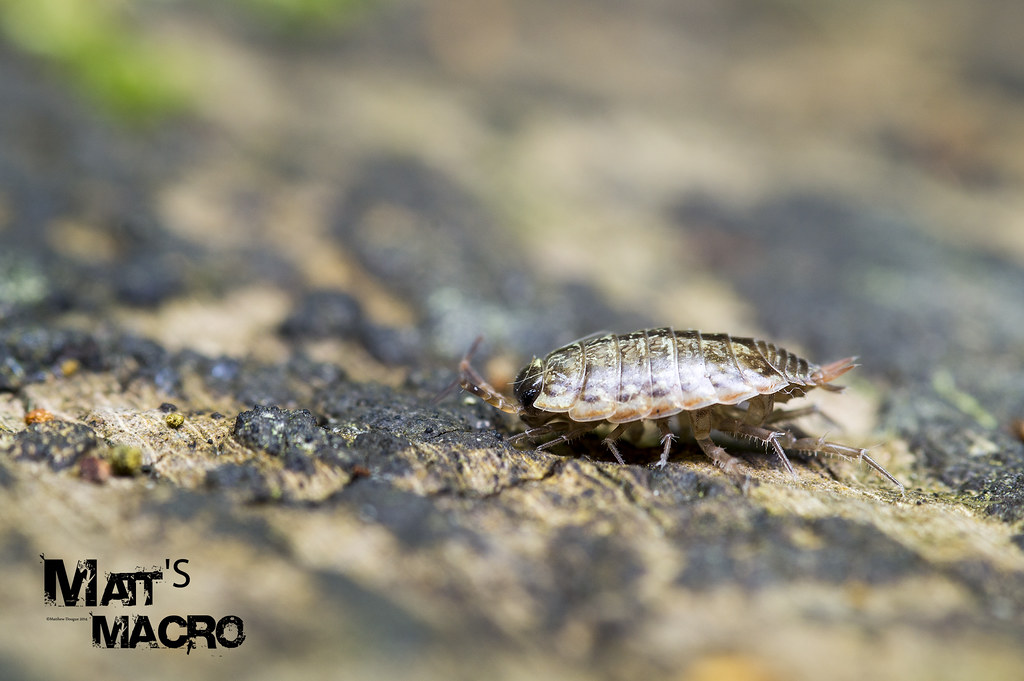After collecting many ispods (sow bugs, pill bugs, roly polys, etc) to act as tank cleaners I wanted to know what species I have.
So searching for local isopods I found a document from the local college, IU (Indiana University), here is the document for Indiana isopods. To tell them apart I learned about antenna flagellum, segments, spike protrusions on the rear, and such. Some of the most telling areas are the number of segments, color, and length.
Looking through the document at some of the odd isopods it became clear, I have the standard everyday isopod, Armadillidium vulgare - or at least a identical strain called Armadillidium nasatum. The only difference I can find, is a squarish lobe that protrudes from the head. You can see the lobe in my photo of one of my isopods right behind the antennas.
If anyone is an expert on isopods and think it is a different species let me know, as I am curious to what I have.
The photo is of a dead dried out isopod, so the color has lighten significantly - as they are typically dark gray with banded spots of reddish brown. My photo was taken using 45 images setup using focus stacking.
So far I am using a CHDK script that will adjust focus slightly and take a photo - repeating until the camera has hit the manual focusing limit. Of course I could simply zoom in slightly afterwards to add more focus ability, but that will make it out of alignment - one reason I am looking to get a macro rail sooner or later.
Interesting enough you can see the "face" and it's eyes are the honeycomb looking things under the antennas, in the middle of the horizontal length.

So searching for local isopods I found a document from the local college, IU (Indiana University), here is the document for Indiana isopods. To tell them apart I learned about antenna flagellum, segments, spike protrusions on the rear, and such. Some of the most telling areas are the number of segments, color, and length.
Looking through the document at some of the odd isopods it became clear, I have the standard everyday isopod, Armadillidium vulgare - or at least a identical strain called Armadillidium nasatum. The only difference I can find, is a squarish lobe that protrudes from the head. You can see the lobe in my photo of one of my isopods right behind the antennas.
If anyone is an expert on isopods and think it is a different species let me know, as I am curious to what I have.
The photo is of a dead dried out isopod, so the color has lighten significantly - as they are typically dark gray with banded spots of reddish brown. My photo was taken using 45 images setup using focus stacking.
So far I am using a CHDK script that will adjust focus slightly and take a photo - repeating until the camera has hit the manual focusing limit. Of course I could simply zoom in slightly afterwards to add more focus ability, but that will make it out of alignment - one reason I am looking to get a macro rail sooner or later.
Interesting enough you can see the "face" and it's eyes are the honeycomb looking things under the antennas, in the middle of the horizontal length.

Last edited by a moderator:




















































